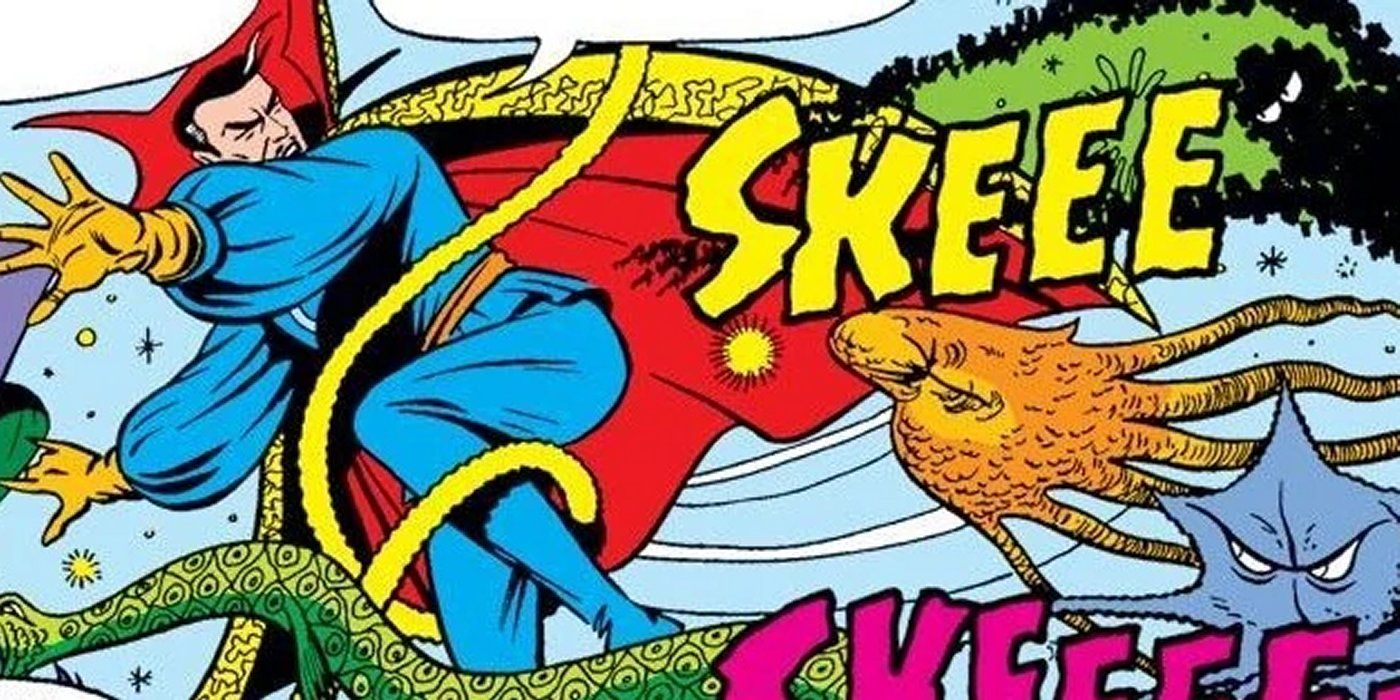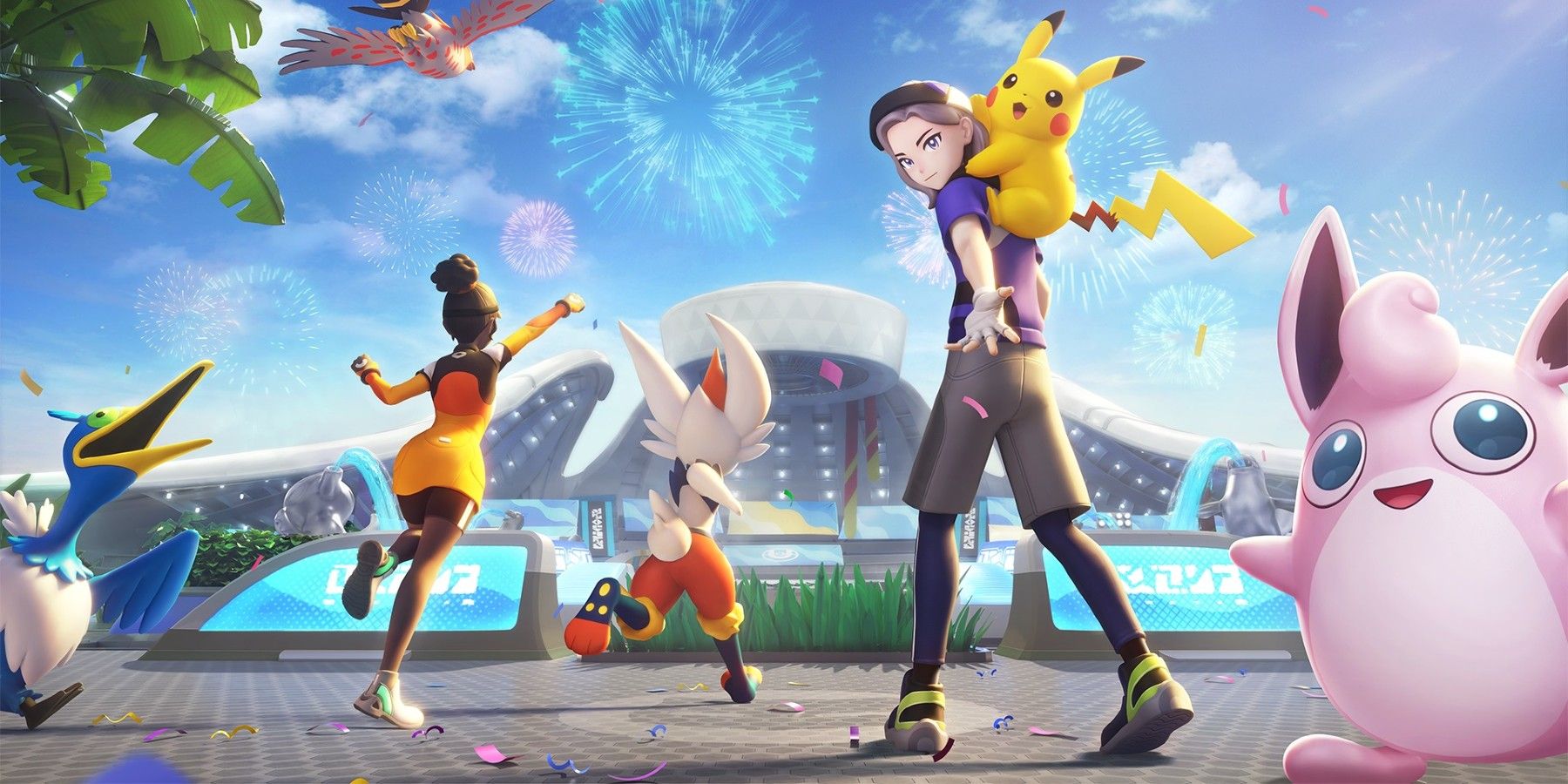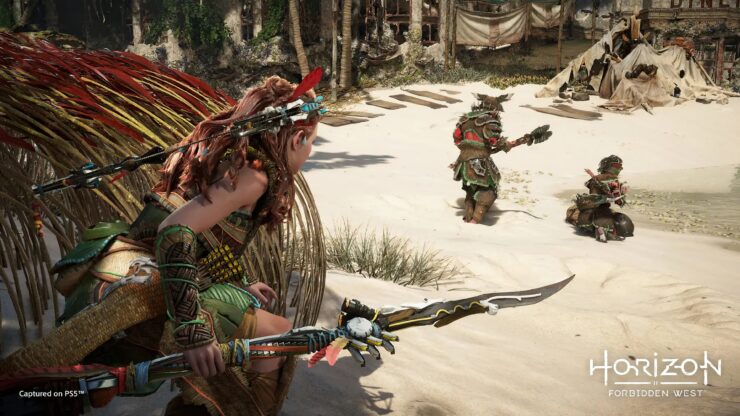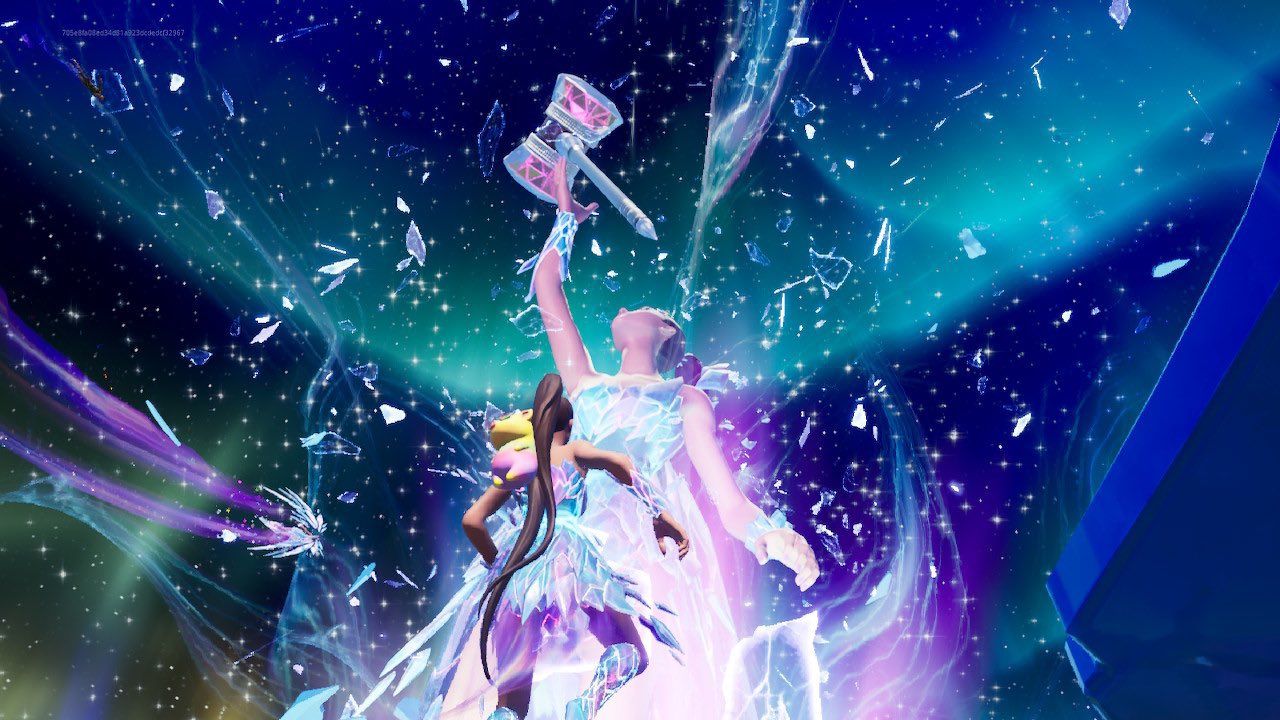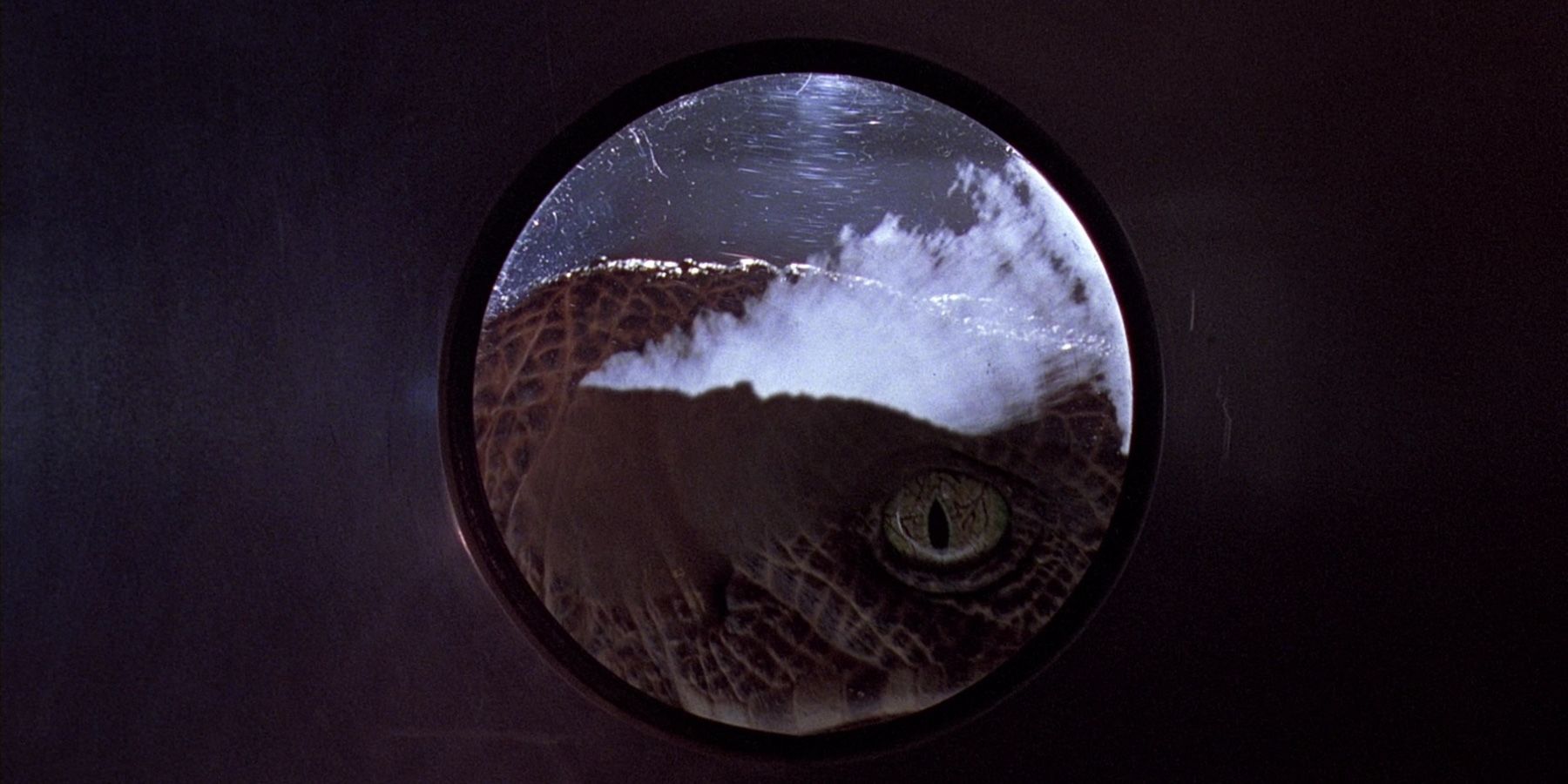
22 years after 1993's Jurassic Park, Jurassic World roared into cinemas, setting up sequels that would expand on the thrilling dino universe. Still, with the advanced technology and bigger budgets, the sequels released so far still can't live up to the original.
2015's Jurassic World (71% on rotten tomatoes) and 2018's Jurassic World: Fallen Kingdom (47% on rotten tomatoes) both were of course box office successes, each garnering over a billion dollars, but received mixed reviews from critics. A lot of that comes from the high expectations set up by Spielberg's classic. From Stan Winston's groundbreaking special effects that blend CGI with animatronics, Jurassic Park became a culturally significant film that is still regarded as one of the greatest thrillers of all time.
RELATED: Can Jurassic Park Ever Have A Successful Movie With A Setting Outside Of The Park?
Fast Forward a couple of decades later, Jurassic World's and Jurassic World: Fallen Kingdom's updated CGI and more room to introduce various dinos seem to be leading to excellent sequels. Unfortunately, though, the familiar storylines that rely heavily on callbacks to Jurassic Park and The Lost World: Jurassic Park, along with the rehash characters that are nowhere near as impactful as the original trio, are only a few of the problems that don't make these newer films work.
Less Is More
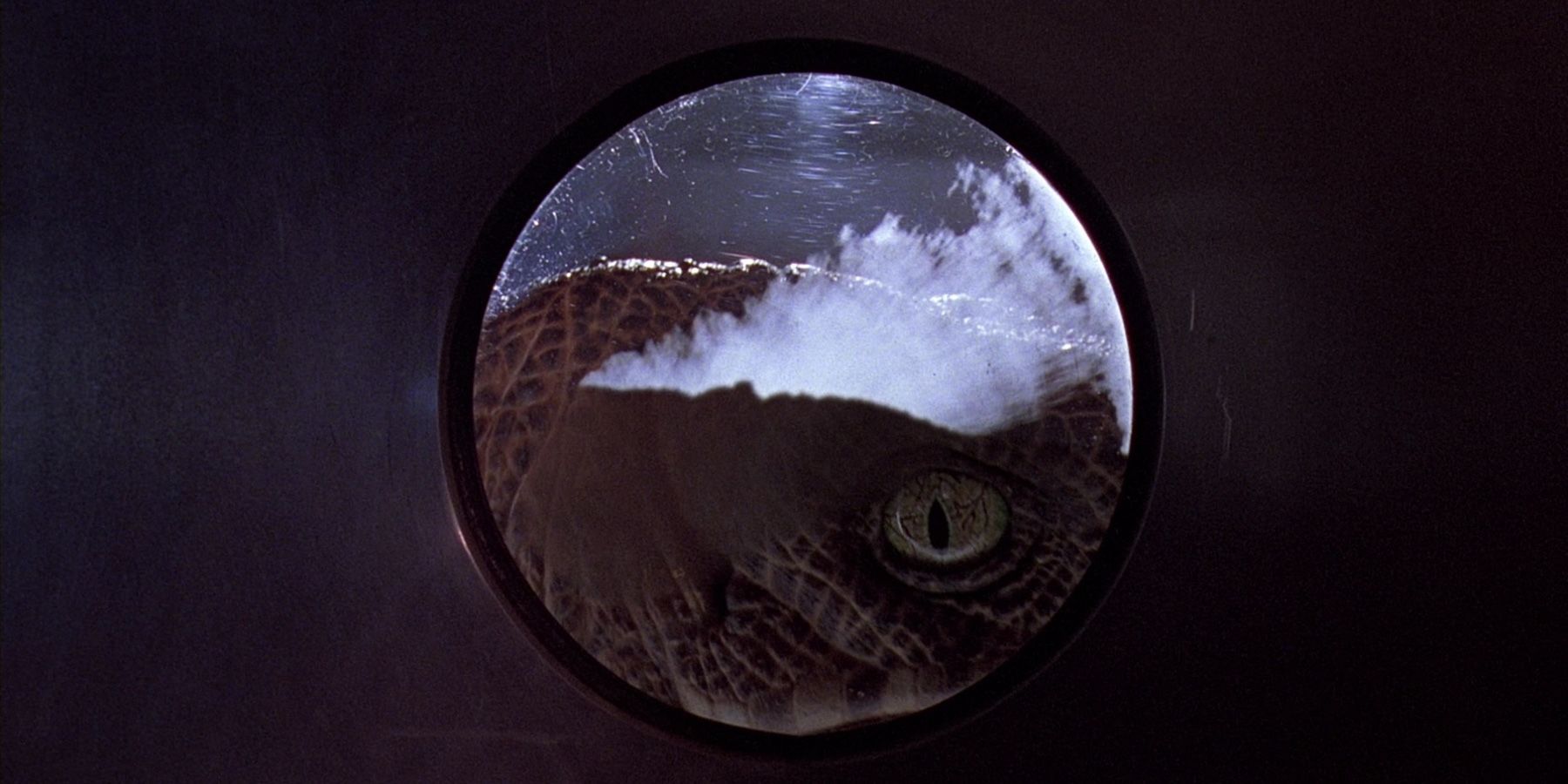
Part of what makes Jurassic Park so thrilling, other than the terrifying dinosaurs on the loose, is the audiences not being exposed to dinos until almost halfway through the film's runtime. This strategy for tension seems counterintuitive, but not showing a full-scale dinosaur within a frame leaves it up to viewers to imagine the terror that is yet to come.
There are quick glimpses of eyes, tails, or claws, but nothing is shown until the T-Rex steps out of its paddock. Spielberg's keen eye for thrills is nothing unusual. His 1975 blockbuster thriller, Jaws, relies heavily on that same element of filmmaking implemented in Jurassic Park. Rather than showing the shark in the opening scene, it is gradually revealed more and more up to the final showdown, making it that much more frightening of what has been lurking in the water.
Jurassic World has no other choice but to share all of the dinosaurs from the start (since the film is about the now fully functioning park Hammond has always dreamed of). The velociraptors are being trained, the Indominus Rex hybrid is presented, and other tourists engage with brachiosauruses. Although entertaining to watch at times, it still can't quite capture the awe and wonder of seeing a dinosaur appear for the first time on screen. The tension is stripped away as a result of viewers now fully exposed to the creatures multiple times and not having the progression of intense scenes that make a dino's full initial appearance scary. The fear of what the next possible dino will look like and reveal is lost.
Animatronics > CGI
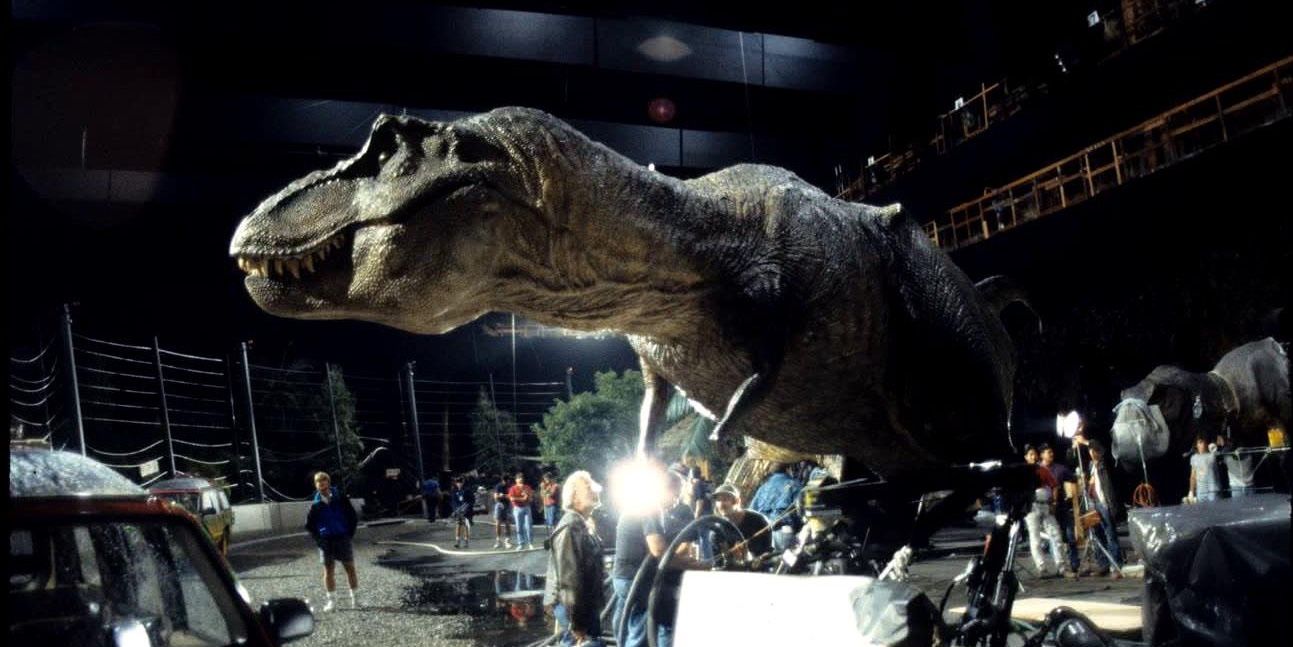
Jurassic Park became a landmark for visual effects, and although the CGI still holds up today (at times even more than what the sequels have given many), the animatronics are what really make the dinos terrifying. The sequels have some intense scenes, but they are nowhere near as impactful or engaging due to the amount of CGI. In Jurassic Park, when the life-sized animatronic T-Rex attacks the SUV with the kids trapped inside, having that physical, tangible dino that stands 40 feet tall makes the scene that much more terrifying. Audiences, most times, know when they see CGI and the overabundance of it can easily take them out of a story.
That aspect of filmmaking has continued to pave its way into many Hollywood blockbusters today, but it has the tendency to take viewers out of what is happening. That's why filmmakers like Christopher Nolan always favor practical effects because they can create realistic settings and also bring out the best performances from the actors.
And even though Jurassic Park does include CGI (it would be impossible to use animatronics for some scenes), it's perfectly balanced with the practical effects. The sequel films may feature a couple of brief closeups of a velociraptor's head that is animatronic, but the overuse of CGI chaos and destruction detract from the authenticity of many scenes that should be terrifying but are instead too over-the-top (this is especially apparent in the final battle between the T-Rex and the Indonimus Rex).
It's understandable that filmmakers are trying to push the boundaries of what is possible and create sequences that have never been done before. The stakes are higher in each of these films, and not wanting to redo what Spielberg did in the original, these directors will continue to use more CGI to create these dino battles. But with Jurassic World: Dominion set to release in the summer of 2022, and its director, Colin Trevorrow, having to wrap the entire series up, let's hope that he can go back to some of the basics in that 1993 film that should leave fans somewhat satisfied with this new one.
MORE: Jurassic World: Dominion Teaser Offers Brief Glimpse Of Dino-Filled IMAX Extended Preview
